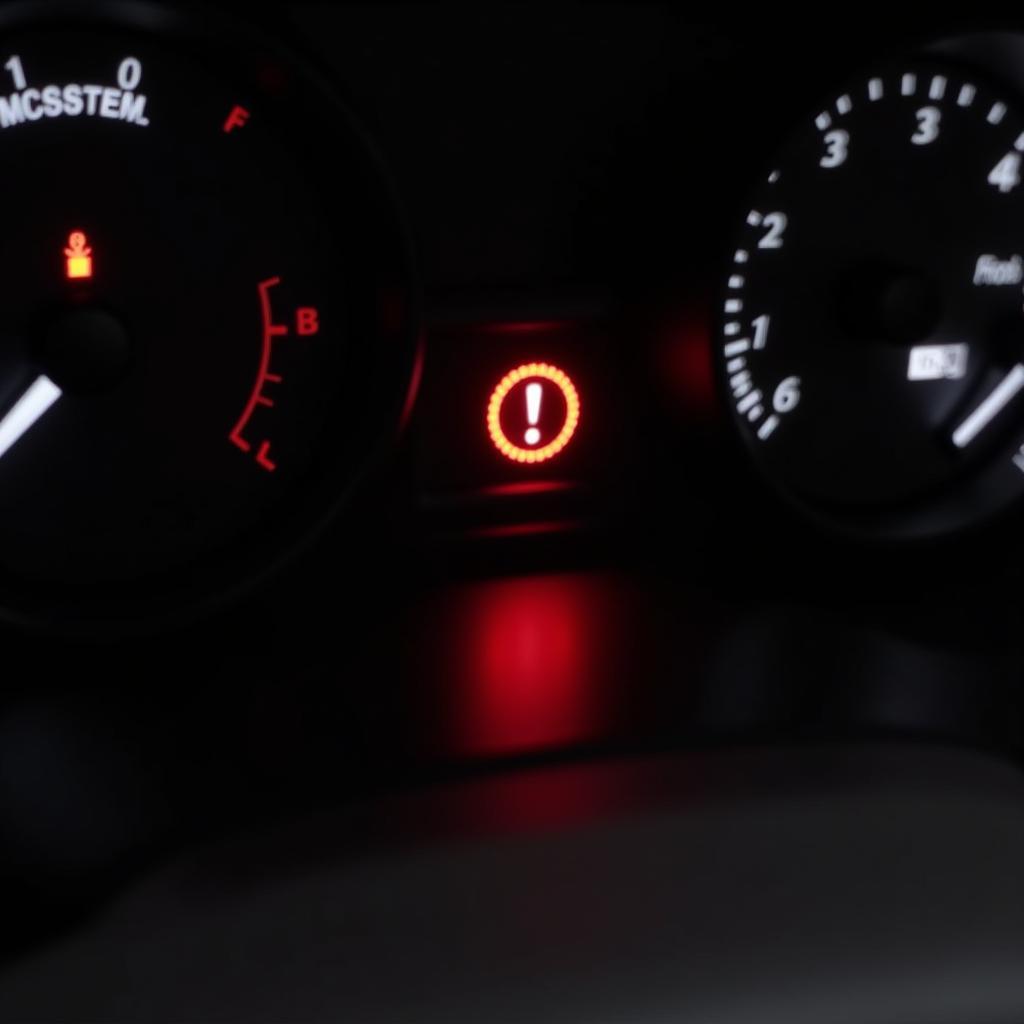Cold weather can wreak havoc on your car battery, leaving you stranded at the most inconvenient times. Battery problems in cold weather are a common occurrence, and understanding why they happen is the first step to preventing them. This article will delve into the science behind why batteries struggle in the cold, offer practical solutions to prevent these issues, and provide troubleshooting tips for when your battery gives you trouble.
 Car Battery Struggling to Start in Cold Weather
Car Battery Struggling to Start in Cold Weather
Why Do Batteries Fail in Cold Weather?
Cold temperatures significantly impact the chemical reactions inside a car battery. These reactions are crucial for generating the electrical current needed to start your engine and power your vehicle’s electrical systems. As the temperature drops, the chemical processes slow down, reducing the battery’s ability to deliver the necessary power. This is why you might experience sluggish starts or even a complete failure to start when the mercury dips. You can find more information on common car battery discharge reasons.
The Science Behind the Cold Weather Battery Drain
Lead-acid batteries, commonly used in vehicles, rely on a chemical reaction between lead plates and sulfuric acid. This reaction produces electrons, which create the electrical current. In colder temperatures, the electrolyte, a mixture of sulfuric acid and water, becomes thicker, hindering the movement of ions and slowing down the chemical reaction. This leads to a decrease in the available current, making it harder for the battery to power the starter motor. This can also be a red battery symbol in car.
Preventing Battery Problems in Cold Weather
While cold weather is inevitable in many parts of the world, battery problems don’t have to be. Here are some proactive measures you can take to keep your battery healthy throughout the winter months:
- Keep it Charged: Ensure your battery is fully charged before the cold weather sets in. A weak battery is far more susceptible to cold-weather issues.
- Park Inside: Whenever possible, park your car in a garage or covered area to shield it from the extreme cold.
- Limit Short Trips: Short trips don’t allow the battery to fully recharge after starting the engine, leading to a gradual drain over time. Combine errands or consider longer routes to give your battery a chance to replenish its charge.
- Check the Battery Terminals: Corrosion on the battery terminals can further impede the flow of current. Clean them with a wire brush and a baking soda and water solution. It is best to clean causes of battery drain in car.
- Battery Blanket: Consider using a battery blanket, especially in extremely cold climates. These insulated covers help maintain battery temperature, improving its performance in frigid conditions.
Troubleshooting Cold Weather Battery Issues
Sometimes, despite our best efforts, battery problems still arise. Here’s what to do if your car won’t start in the cold:
- Jump Start: Use jumper cables and another vehicle to jump-start your car. Follow the correct procedure to avoid damage to either vehicle.
- Battery Charger: If jump-starting doesn’t work, connect a battery charger to recharge the battery fully.
- Test the Battery: Once charged, have the battery tested at an auto parts store or repair shop to determine its health and remaining capacity.
“A proactive approach is always the best strategy. Regular battery maintenance and a few simple precautions can significantly reduce the chances of encountering cold-weather battery woes,” says John Smith, Senior Automotive Technician at Auto Experts Inc.
What if my battery isn’t dead, but the car won’t start?
There are various reasons for this issue; you should check this guide about battery isn t dead car won t start. It may be another electrical issue.
Conclusion
Battery problems in cold weather are a common frustration for car owners. By understanding the science behind these issues, taking preventative measures, and knowing how to troubleshoot effectively, you can minimize the risk of being left out in the cold. Remember, a little preparation can go a long way in keeping your car running smoothly all winter long. Even something as simple as knowing how to change the battery in a dodge key fob can be helpful. Don’t let the cold weather catch you unprepared.
“Investing in a good quality battery and taking proper care of it is crucial. A reliable battery is an investment in your peace of mind, especially during the harsh winter months,” advises Maria Garcia, Lead Electrical Systems Engineer at Advanced Auto Solutions.


